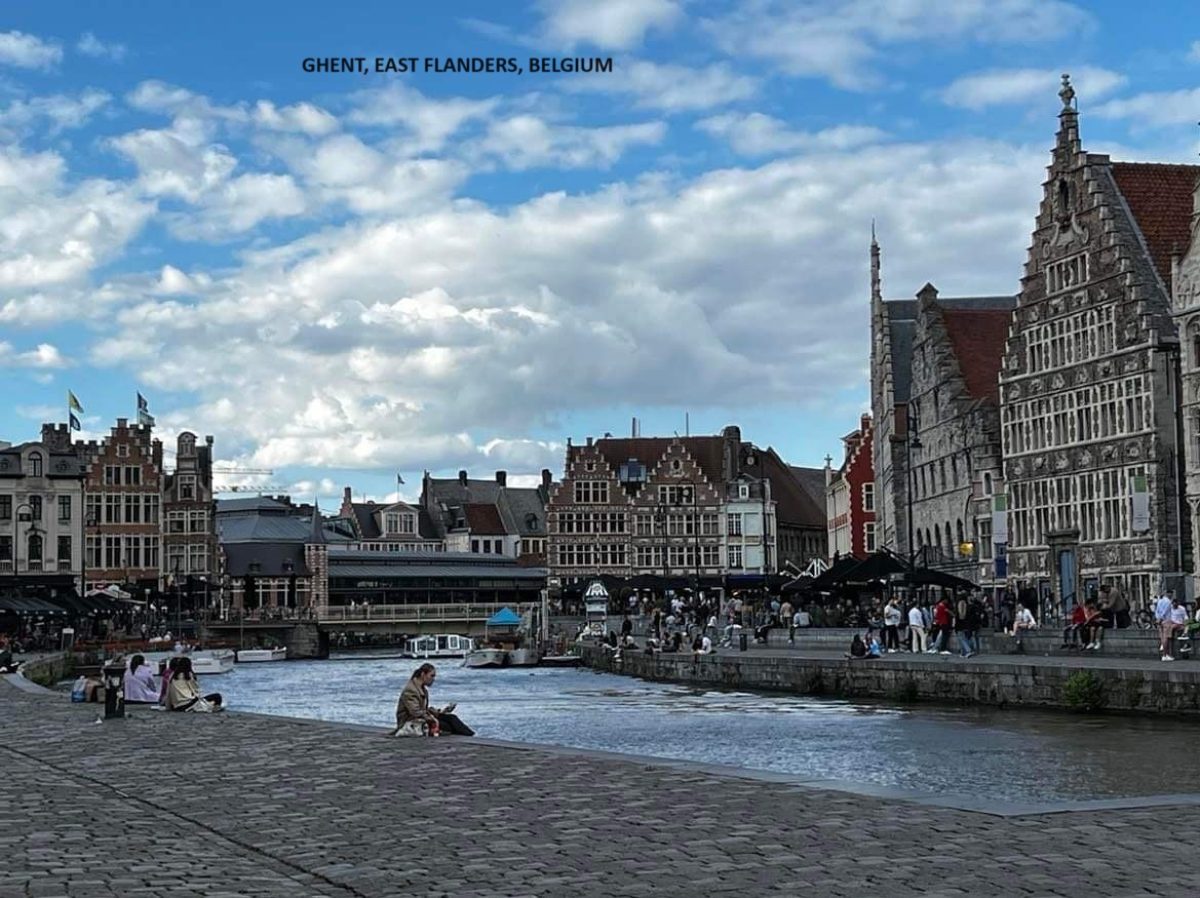It was time to leave Montsoreau. We’d spent considerably longer there than intended and had a wonderful time but, the weather was not improving and we were craving sunshine. England’s weather during the last six months has been awful. From what the locals are saying, it has not been any better across France and; a number of people we have spoken to in France have real concerns about this year’s wine crop – there’s been far too much rain and not enough sunshine.
We made the decision to drive south towards better weather and to this end reserved a spot for a couple of nights at ‘Le Lieu’ Campsite in the village of Saint Jory de Chalais in the Dordogne Department of Nouvelle Aquitaine. The journey would take us through Richelieu (previously the home of Cardinal Richelieu and a place which had been recommended to us as somewhere to visit by an English couple we met in Montsoreau) and then on through the towns of Chatellerault and Chauvigny. Chauvigny we know quite well already having stopped there during Tour 4. We also made a decision to carry on south, to Spain if necessary, in the event the weather in St Jory wasn’t much improved.
So we paused at Richelieu. One of the advantages of travelling around France in the close season is that it is usually very easy to find parking (especially using the Park4Night App). On this occasion we were directed to the Place du Cardinal at the entrance to both the town and the municipal park. There couldn’t be a more ideal parking place in the town.

The small town takes it’s name from it’s founder Cardinal Richelieu who, after King Louis XIII, was the most powerful person in France. It was formed to serve the magnificent palace the Cardinal had commissioned for himself in 1625 and which later became the inspiration for Louis XIV’s Palace de Versailles. Sadly the Cardinal’s palace, which stood in the area that now forms the municipal park, was ransacked and seriously damaged during the French Revolution; so much so, it had to be pulled down.
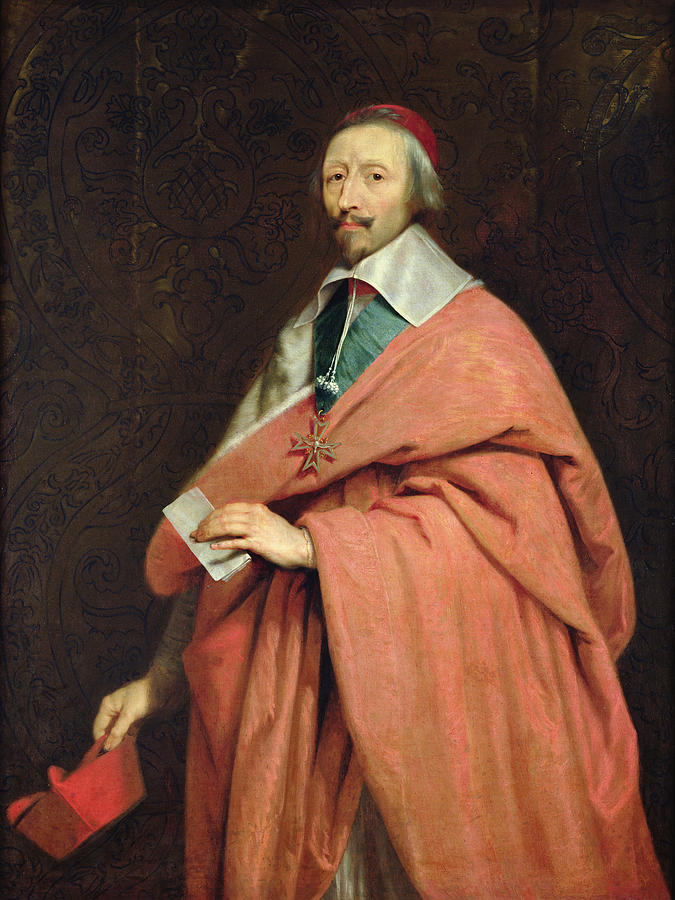

The original town was developed to the south of the palace grounds within a walled and moated area measuring just 700 x 500 metres and; every house was built according to the Cardinal’s specification and by builders selected by the Cardinal. Unusual for the time, the town was laid out in a symmetrical grid style. It doesn’t take long to walk the town. The municipal park, on the other hand, can take quite a while to walk.
The main church on the Place du Marche, Eglise Notre Dame de Richelieu, is now the most prominent building in and around Richelieu and it is in much the same condition as when it was first built (as is much of the rest of this quite meticulously designed town, including the large wooden market hall on the same square). It is an interesting “classical” church designed by the renowned Jacques Lemercier.



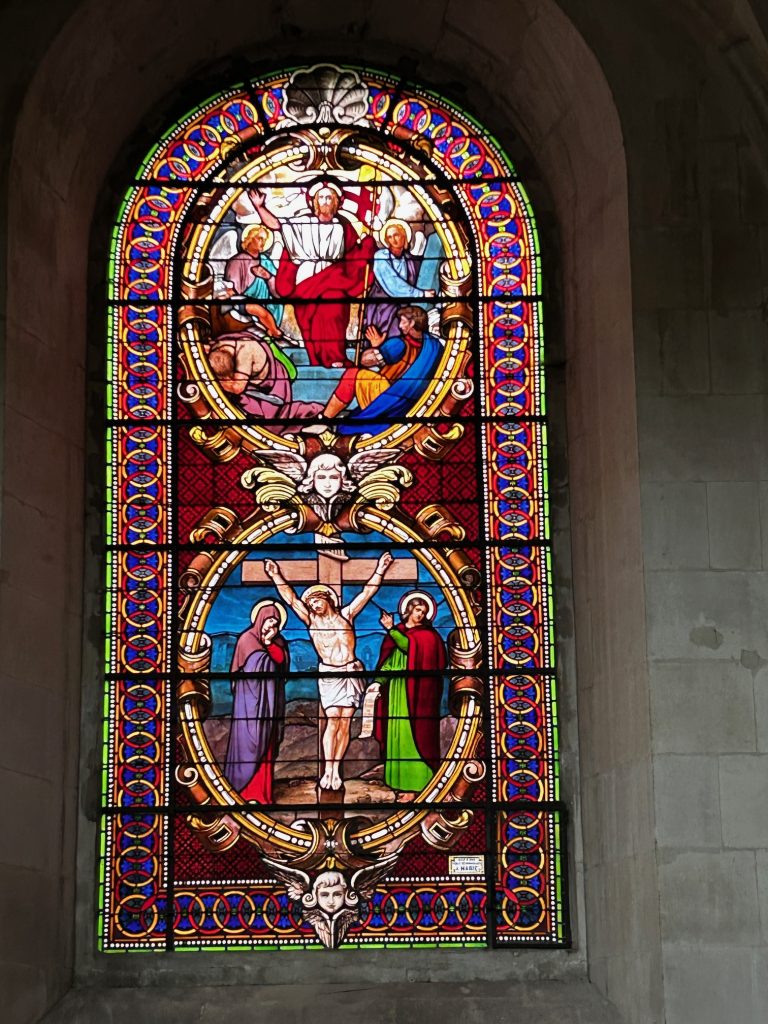
After checking out the church, walking the length of the town’s Grand Rue and returning to the Van via the Avenue Quebec (so as to see the outside of the old walled town) we had seen just about everything worth seeing in Richelieu. We strolled the municipal park for a while and would have stayed longer in the park except that it started raining (again). We didn’t feel the need to visit the small palace, just outside the town, which the Cardinal had built for his mistress.

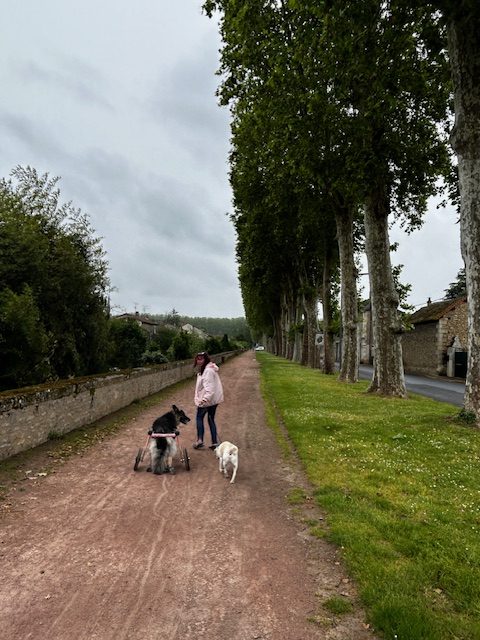
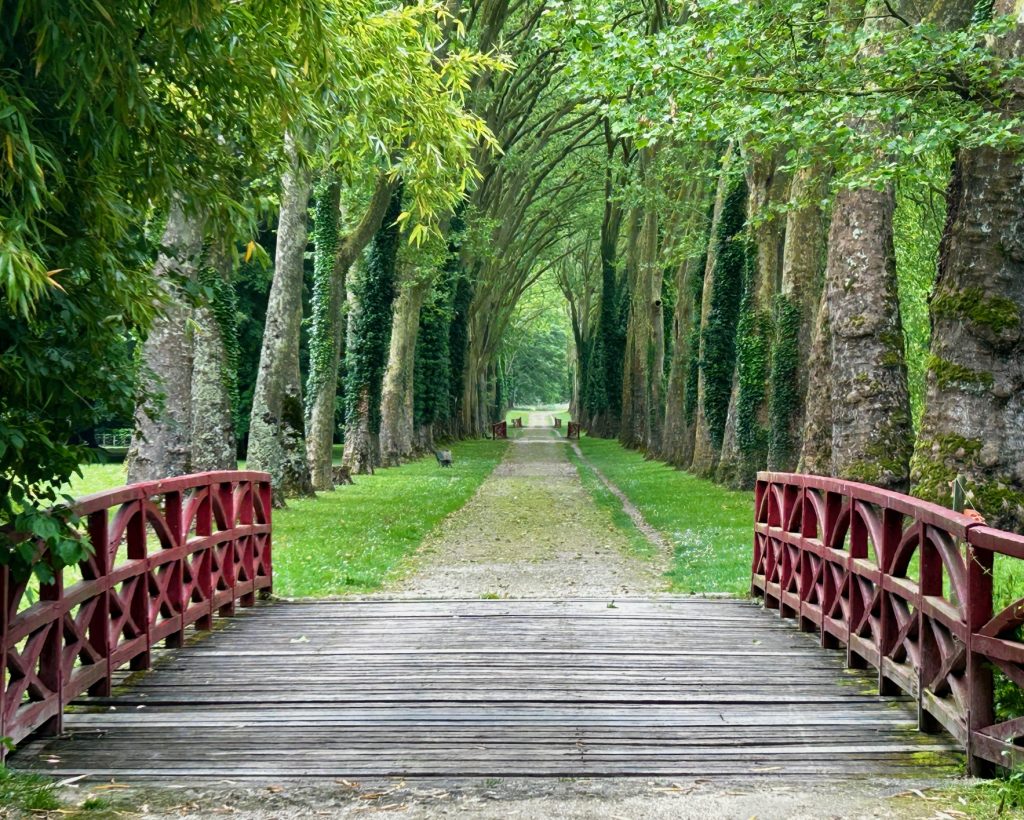
Final thoughts on Richelieu. It was an okay spot to break our journey south but, I don’t think it is worth going out of the way for. It would have been a totally different matter if the Cardinal’s Palace had survived the French Revoution but c’est la vie.

